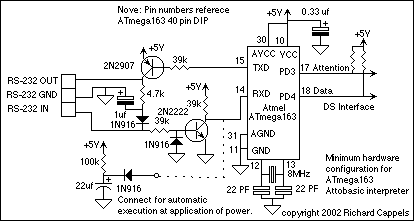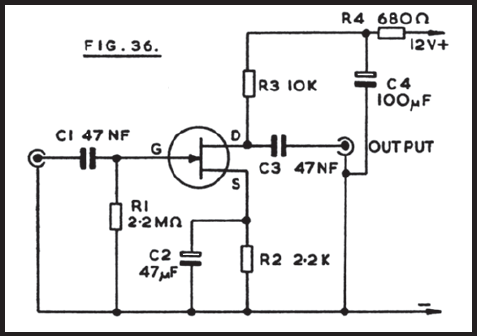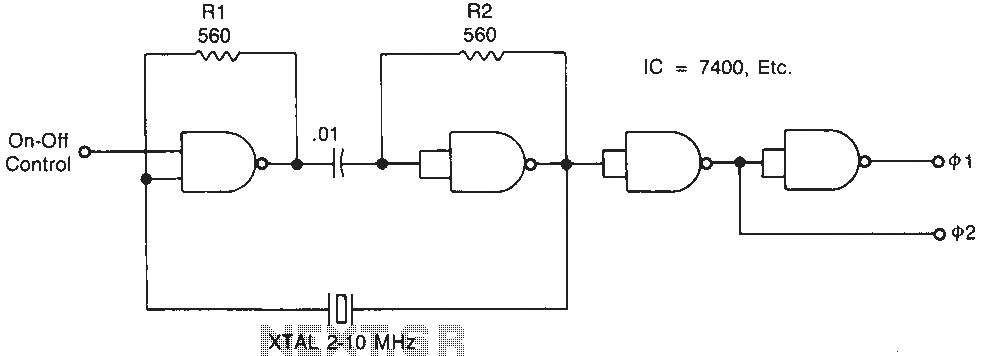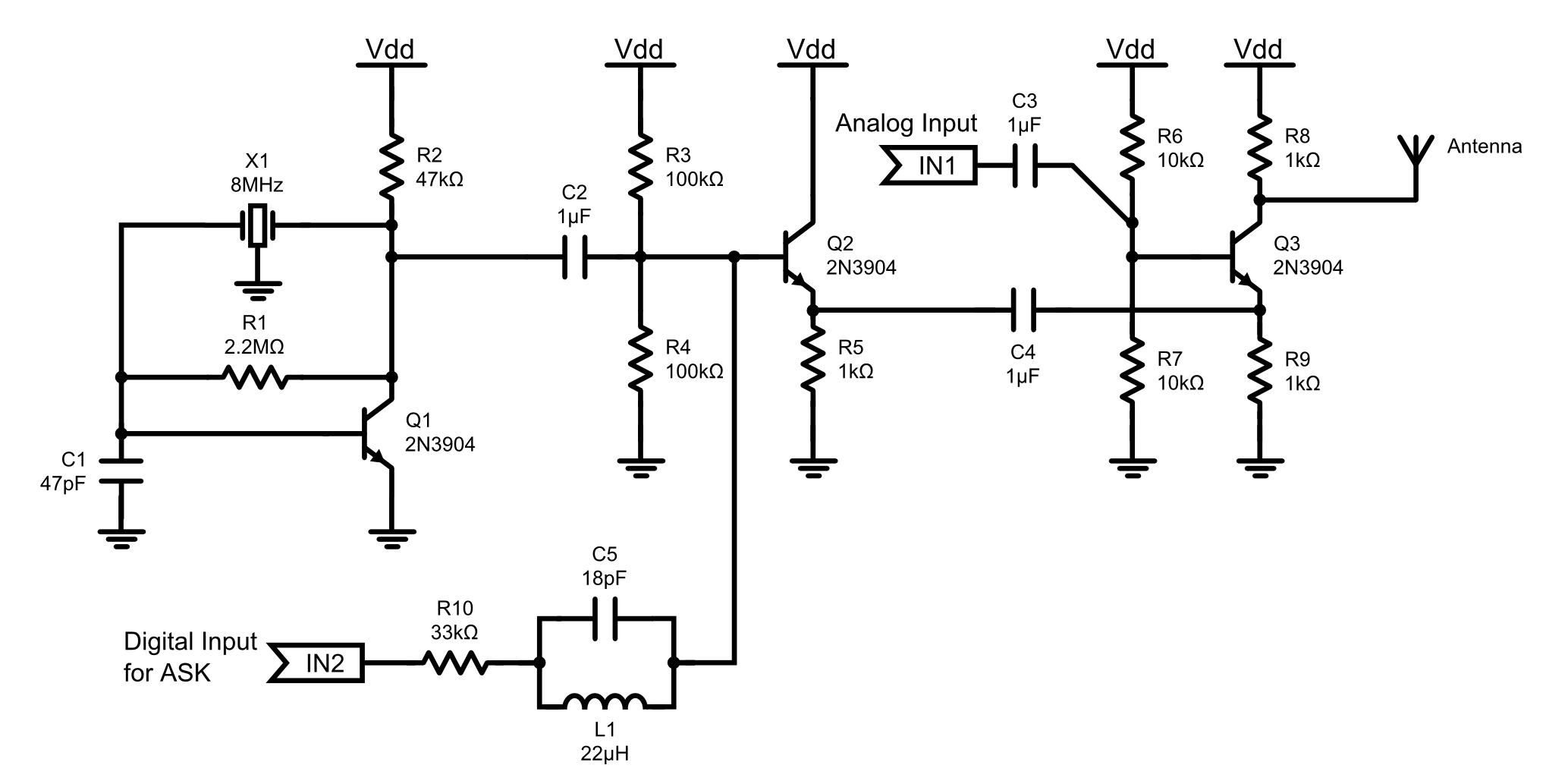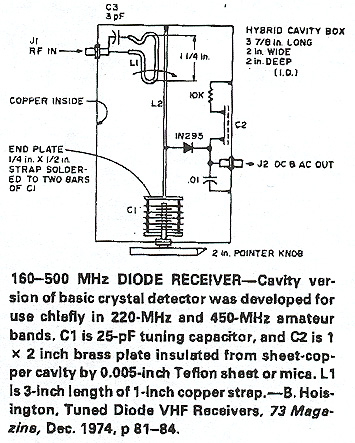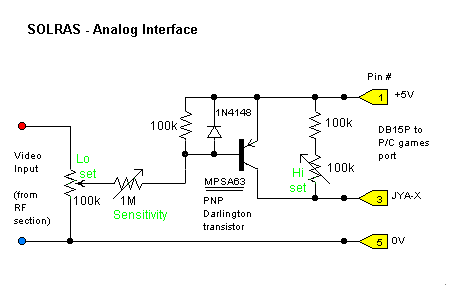
Basic Crystal Radio ReceiverCircuit by Elmer G. Osterhoudt
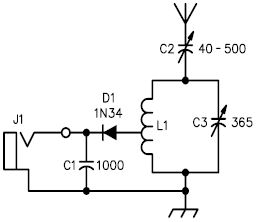
A crystal radio receiver is a very simple radio receiver that requires no battery or external power source, operating solely on the energy harvested from radio waves through a long antenna.
A crystal radio receiver is a passive radio receiver that utilizes the energy from radio waves to produce audible sound without the need for an external power supply. This type of receiver typically consists of an antenna, a tuning circuit, a detector, and a headphone or speaker. The antenna captures radio frequency signals, which are then tuned to a specific frequency using a variable capacitor and an inductor in the tuning circuit.
The detector, often a crystal diode, rectifies the modulated radio signals, converting them into audio signals. The audio output can be heard through high-impedance headphones or a small speaker, which is connected to the output of the detector. The simplicity of the crystal radio receiver lies in its minimal components and the absence of active components, making it an excellent project for beginners in electronics and radio technology.
To enhance performance, factors such as the length of the antenna, the quality of the tuning circuit, and the type of detector used can be optimized. Longer antennas generally improve reception, while a higher quality diode can lead to better signal detection. Overall, the crystal radio receiver serves as an educational tool for understanding the principles of radio communication and the basic operation of radio circuits.A crystal radio receiver is a very simple radio receiver which needs no battery or power source and runs on the power received from radio waves by a long.. 🔗 External reference
A crystal radio receiver is a passive radio receiver that utilizes the energy from radio waves to produce audible sound without the need for an external power supply. This type of receiver typically consists of an antenna, a tuning circuit, a detector, and a headphone or speaker. The antenna captures radio frequency signals, which are then tuned to a specific frequency using a variable capacitor and an inductor in the tuning circuit.
The detector, often a crystal diode, rectifies the modulated radio signals, converting them into audio signals. The audio output can be heard through high-impedance headphones or a small speaker, which is connected to the output of the detector. The simplicity of the crystal radio receiver lies in its minimal components and the absence of active components, making it an excellent project for beginners in electronics and radio technology.
To enhance performance, factors such as the length of the antenna, the quality of the tuning circuit, and the type of detector used can be optimized. Longer antennas generally improve reception, while a higher quality diode can lead to better signal detection. Overall, the crystal radio receiver serves as an educational tool for understanding the principles of radio communication and the basic operation of radio circuits.A crystal radio receiver is a very simple radio receiver which needs no battery or power source and runs on the power received from radio waves by a long.. 🔗 External reference
Warning: include(partials/cookie-banner.php): Failed to open stream: Permission denied in /var/www/html/nextgr/view-circuit.php on line 713
Warning: include(): Failed opening 'partials/cookie-banner.php' for inclusion (include_path='.:/usr/share/php') in /var/www/html/nextgr/view-circuit.php on line 713
